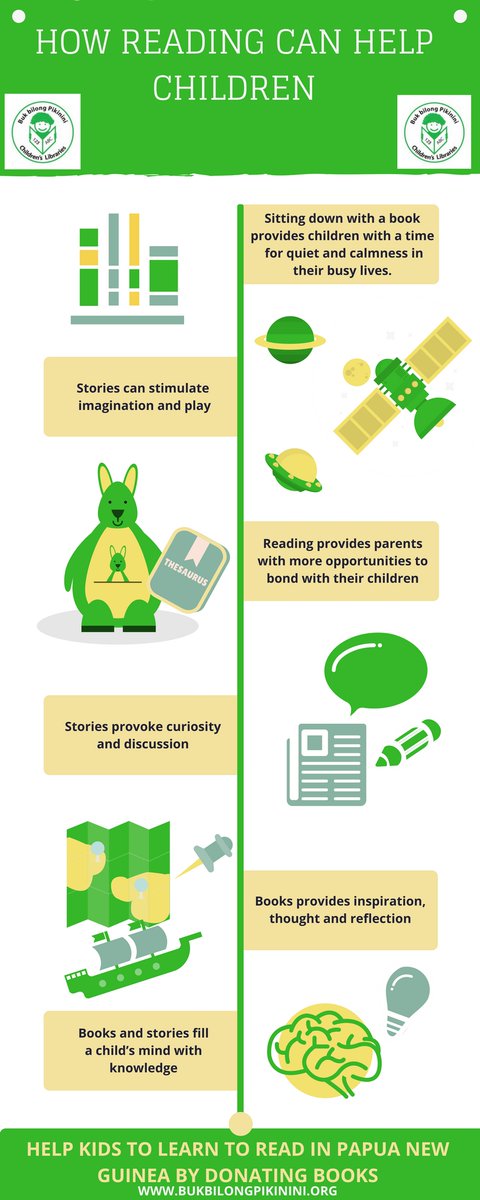Since posting about international business card etiquette, I have read more about different culture’s practices. One site discusses business etiquette in Australia and I couldn’t resist seeing what they advice non-Australians. They wrote:
Business cards are often used in business dealings, but Australians don’t fuss about them. It is acceptable to hand over and receive a business card with one hand. It is good practice to put your counterpart’s business card on the table during the meeting, although some people will put it straight in their pocket.
It got me thinking – should a business card go on the table or into a pocket?
Obviously, if you are at a stand-up networking event, there is no table so cards go into a pocket (or bag or diary). And if you receive a card in passing, a pocket is appropriate.
Personally, if I am in a meeting and receive some business cards I leave them on the table in front of me, face up. Not only is it a good reminder of people’s names and titles, I think it shows respect that I value their card enough to keep it in sight. In those same meetings, I have seen people leave cards on the table and others place cards in holders of their document folder (so they could still see the cards but were also protecting them), and that does feel better than seeing my card go into a pocket (sometimes without even a glance).
I think it may be different at a meal-based networking event, though. In that case, I often put the card straight into a pocket to protect it from food spills and being lost amongst the dishes and table paraphernalia. Sometimes, I hold the card for a while as I talk to the person sitting next to me – it makes me more familiar with the card and the person, plus I think it is respectful to listen as they talk rather than fiddling with cards and pockets/bags/card holders.
Where do you place business cards as you receive them at a table? Is this habit or have you consciously decided to do it that way?
Use your words wisely!





 On the assumption you want
On the assumption you want
Recent Comments